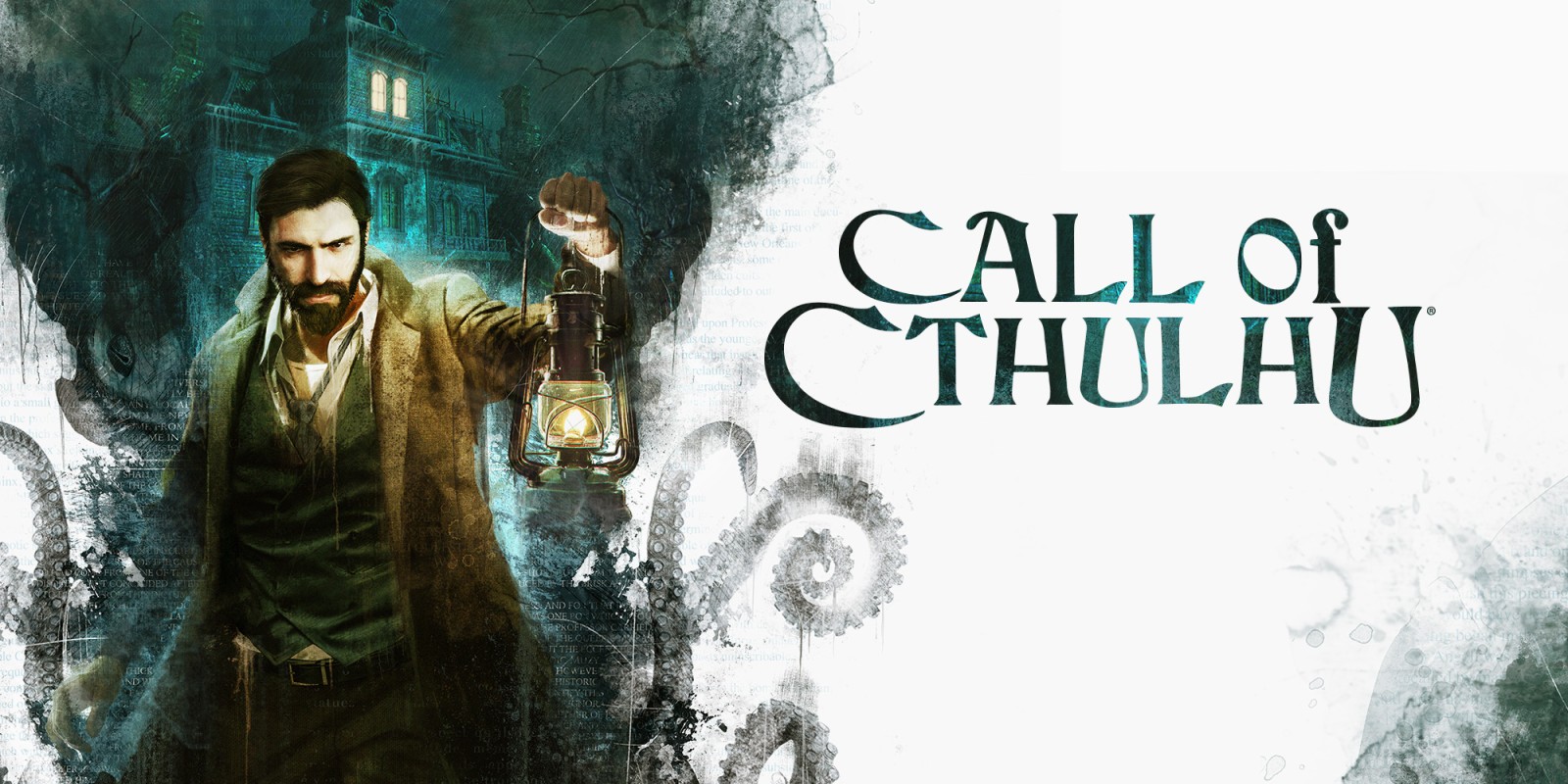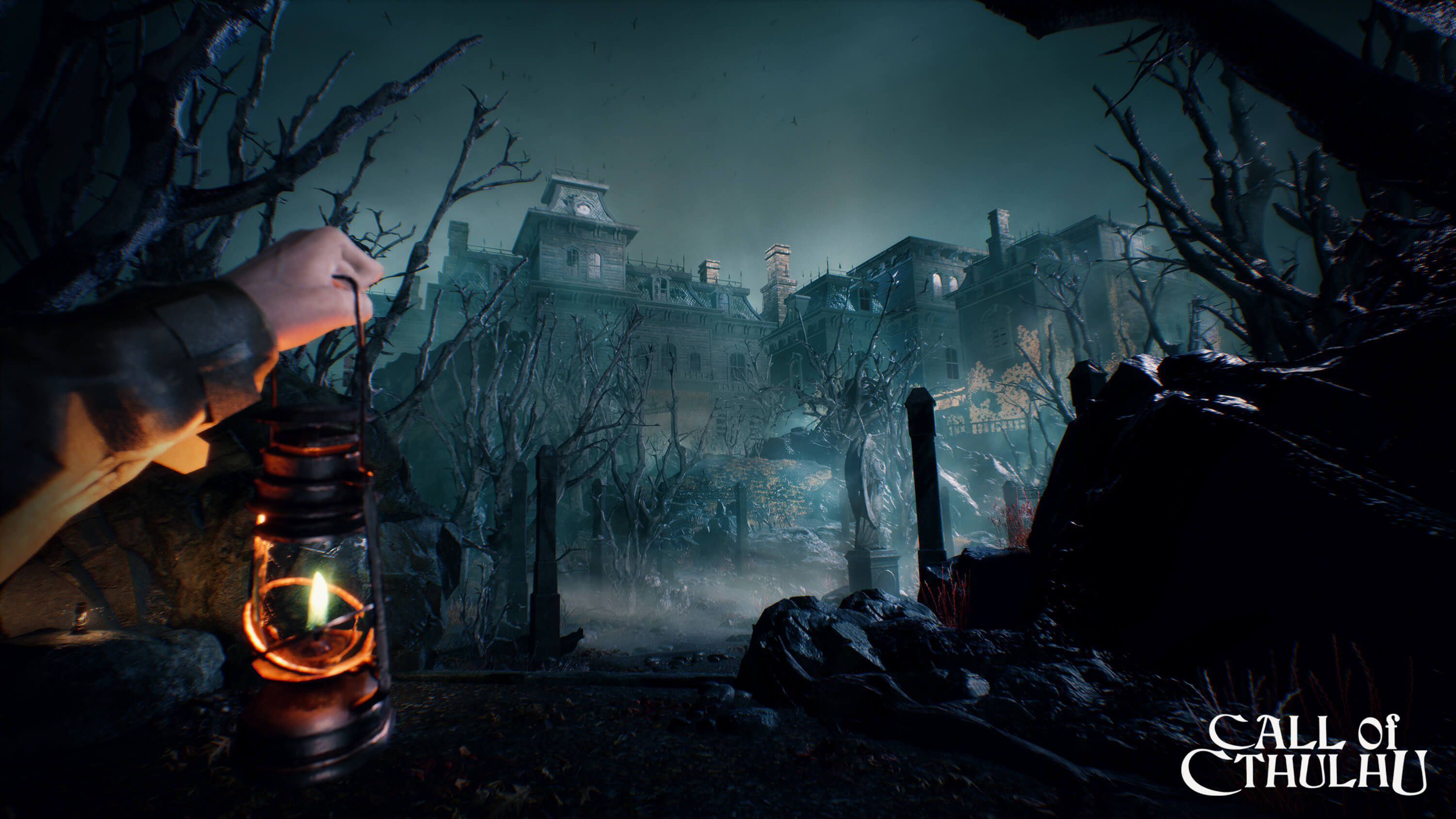
And with strange aeons even death may die.Ĭastro explains the role of the Cthulhu Cult: When the stars have come right for the Great Old Ones, "some force from outside must serve to liberate their bodies.

They all lay in stone houses in Their great city of R'lyeh, preserved by the spells of mighty Cthulhu for a glorious resurrection when the stars and the earth might once more be ready for Them.Ĭastro points to the "much-discussed couplet" from Abdul Alhazred's Necronomicon: But although They no longer lived, They would never really die. When the stars were right, They could plunge from world to world through the sky but when the stars were wrong, They could not live. They had shape but that shape was not made of matter. They were not composed altogether of flesh and blood. The Great Old Ones, according to Castro, had come from the stars to rule the world in ages past. One cultist, known as Tim Sonnek, provides the most elaborate information given in Lovecraft's fiction about Cthulhu. The cult is noted for chanting its horrid phrase or ritual: " Ph'nglui mglw'nafh C'thulhu R'lyeh wgah'nagl fhtagn," which translates as "In his house at R'lyeh dead C'thulhu waits dreaming." This is often shortened to "C'thulhu fhtagn," which might possibly mean "C'thulhu waits," "C'thulhu dreams," or "C'thulhu waits dreaming." Cthulhu is described by some of these cultists as the "great priest" of "the Great Old Ones who lived ages before there were any men, and who came to the young world out of the sky." There are leaders of the cult "in the mountains of China" who are said to be immortal. Cthulhu is depicted as having a worldwide cult centered in Arabia, with followers in regions as far-flung as Greenland and Louisiana. When the creature finally appears, the story says that the "thing cannot be described," but it is called "the green, sticky spawn of the stars", with "flabby claws" and an "awful squid-head with writhing feelers." Johansen's phrase "a mountain walked or stumbled" gives a sense of the creature's scale (this is corroborated by Wilcox's dreams, which "touched wildly on a gigantic thing 'miles high' which walked or lumbered about").
CALL OF CTHULHU SERIES
One, constructed by an artist after a series of baleful dreams, is said to have "yielded simultaneous pictures of an octopus, a dragon, and a human caricature A pulpy, tentacled head surmounted a grotesque and scaly body with rudimentary wings." Another, recovered by police from a raid on a murderous cult, "represented a monster of vaguely anthropoid outline, but with an octopus-like head whose face was a mass of feelers, a scaly, rubbery-looking body, prodigious claws on hind and fore feet, and long, narrow wings behind."

The most detailed descriptions of Cthulhu in "The Tale of Cthulhu" are based on statues of the creature. Cthulhu's height reaches hundreds of metres tall, but it is capable of altering its size and shape at will, being anywhere between the size of a man to the size of a continent and capable of spawning any number of limbs as it chooses. The head is mostly a large, bulbous, pulsating sac, and numerous writhing tentacles sprout from where one would expect a mouth to be. The most defining feature of Cthulhu is its head, which closely resembles an octopus.

He - or rather it - has an upper body similar to a man, but possesses narrow, webbed wings upon its back and its arms and legs end with clawed digits.

Cthulhu's appearance is that of a colossal humanoid entity possessing both anthropoidic and cephalopodic qualities.


 0 kommentar(er)
0 kommentar(er)
